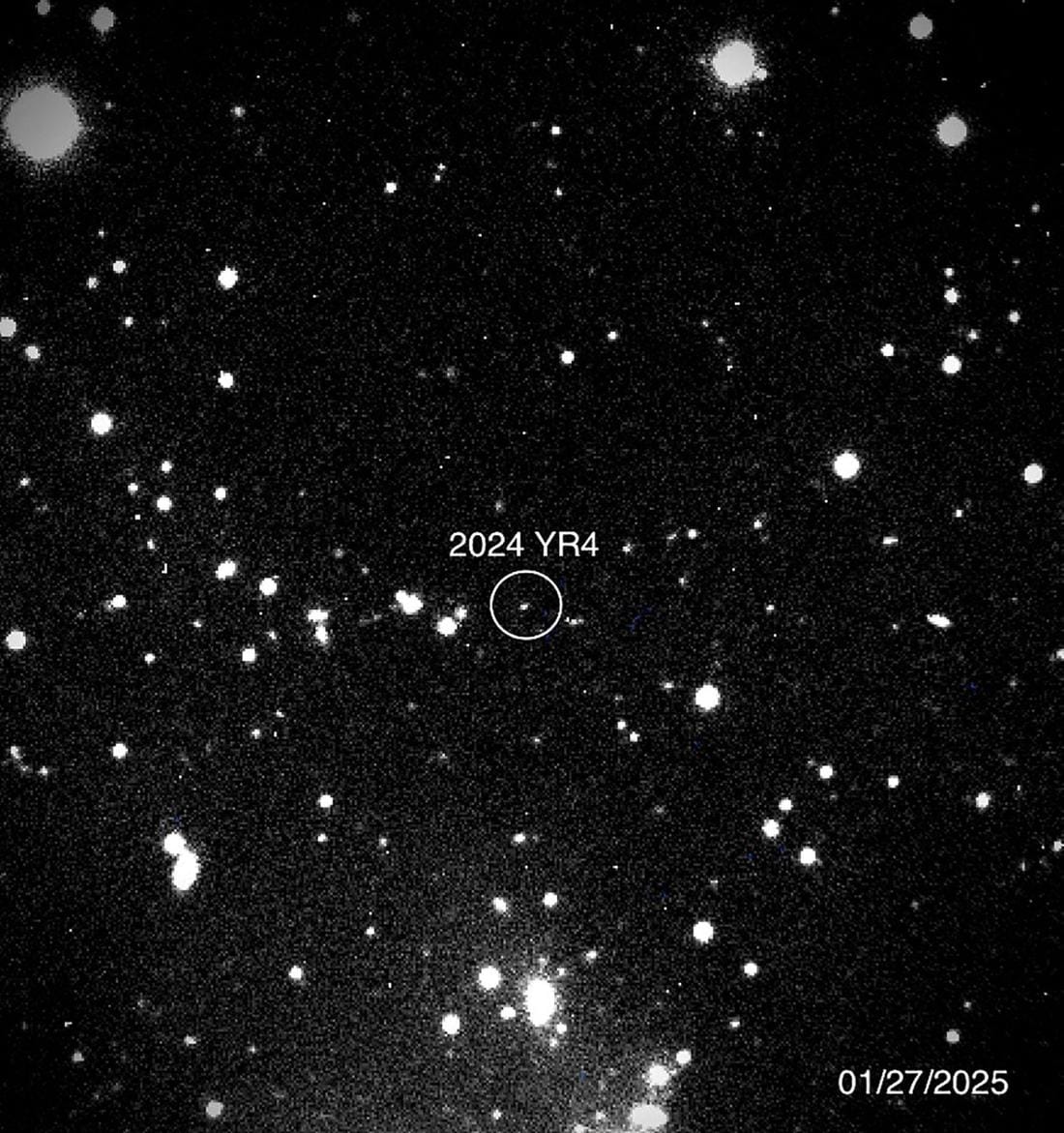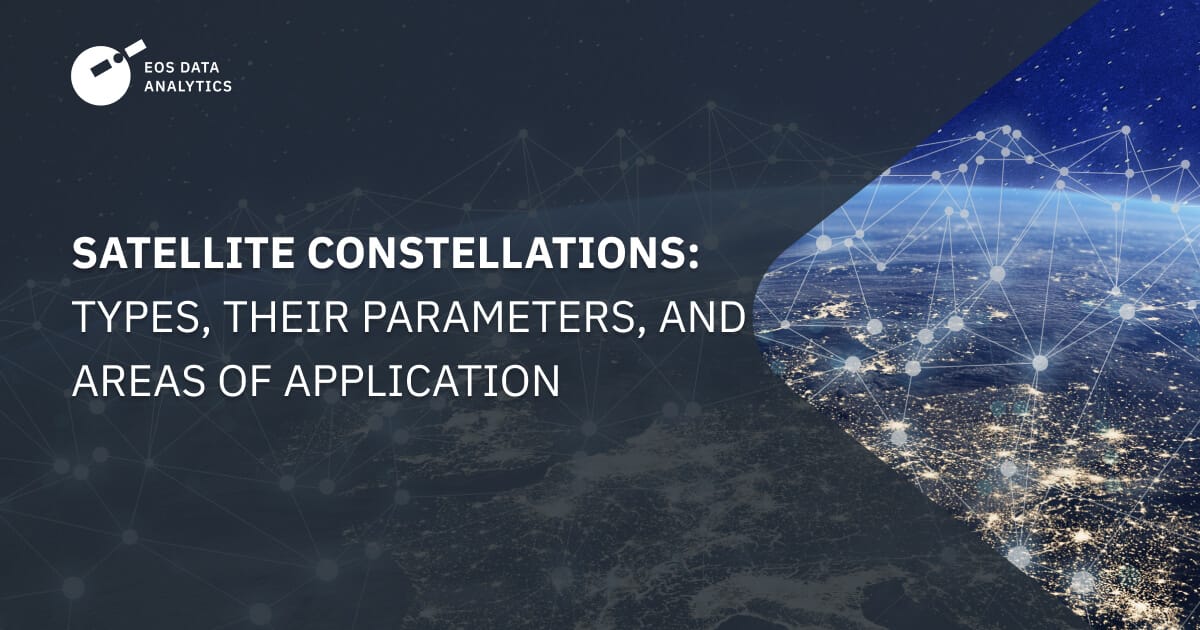In a recent development, NASA’s James Webb Space Telescope has brought to light the trajectory of Asteroid 2024 YR4, a celestial object that may pose a risk of impacting the Moon in the near future. This discovery has captured the attention of astronomers and space agencies globally as they assess the potential consequences of such an event. The detection and ongoing investigation of this asteroid underline the importance of advanced space observation technology in safeguarding our celestial neighborhood.
Asteroid 2024 YR4 is classified as a near-Earth object (NEO), and it is not uncommon for such bodies to traverse the vicinity of Earth and the Moon. However, this particular asteroid has garnered attention due to its projected collision course with the lunar surface, likely occurring within the next few years, as suggested by orbital calculations. This potential impact raises essential questions regarding the Moon’s geological stability and the effects it may generate.
The James Webb Space Telescope, known for its exceptional infrared imaging capabilities, has provided valuable data that aids scientists in refining their predictions about the asteroid’s trajectory. These observations enable researchers to monitor changes in the object’s path, as well as to assess its size and composition. Understanding the characteristics of 2024 YR4 is critical for evaluating the potential aftermath of a Moon impact.
The composition of asteroids like 2024 YR4 can range from metallic inclusions to rocky substances. Determining its makeup will help scientists predict how the impact would affect the Moon, from creating new craters to releasing dust and debris into space. Such events contribute to the Moon’s ongoing geological evolution, offering clues about its history and composition, ultimately enriching our understanding of planetary systems.
Additionally, the data collected from the asteroid’s monitoring could influence future space exploration missions. As space agencies like NASA and private entities prepare for lunar missions, understanding how impact events influence the Moon’s surface can aid in mission planning and safety measures. The dynamics of lunar geology, including the formation of craters, can affect landing sites and resource extraction efforts on the Moon in the long term.
Moreover, the significance of monitoring near-Earth objects extends beyond just the Moon. NEOs can also impact Earth, making the study of asteroids like 2024 YR4 pivotal for planetary defense strategies. Understanding potential impact scenarios equips space agencies with the knowledge needed to develop response plans should a threatening asteroid be detected in Earth’s trajectory. Although the risk of a direct collision with Earth by NEOs is relatively low, the consequences of such events emphasize the need for preparedness.
NASA’s ongoing commitment to astrobiological research includes exploring the Moon over the coming decades, particularly in light of the Artemis program, which aims to return humans to the lunar surface. As part of this effort, scientists continuously evaluate celestial threats such as asteroids. The collision of 2024 YR4 with the Moon, while focused on current observations, serves as a reminder of the dynamic nature of our solar system and the importance of advanced telescopes in providing insights into potential hazards.
Collaboration among international space agencies is also vital in tackling these challenges. With a variety of resources, shared research, and satellite data, a comprehensive understanding of NEOs and their trajectories is more achievable. The study of 2024 YR4 demonstrates how cooperative efforts can facilitate shared insights that ultimately benefit humanity’s endeavors in space.
Looking forward, the continued study of Asteroid 2024 YR4 and similar near-Earth objects will likely yield new findings that may adjust our current understanding of lunar impacts. As technology advances and more sophisticated telescopes become operational, including ground-based observatories, greater precision in tracking these celestial bodies will be possible. This enables scientists not only to prepare for potential impacts but also to bring additional knowledge about the broader processes at play in our solar system.
In conclusion, NASA’s James Webb Space Telescope has sparked significant interest regarding Asteroid 2024 YR4 and its possible impact on the Moon. As researchers analyze the asteroid’s trajectory, composition, and potential consequences of a collision, this event highlights the critical role of continuous monitoring of celestial objects. The collaboration and advancements in technology employed by space agencies will be indispensable in understanding our ever-evolving cosmic environment and protecting planetary interests.



